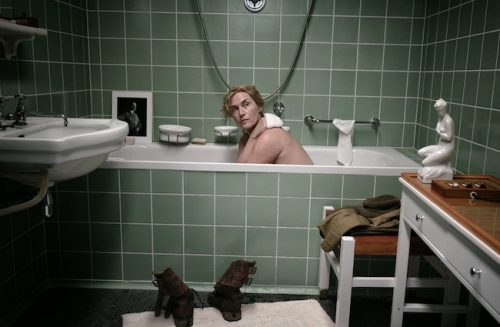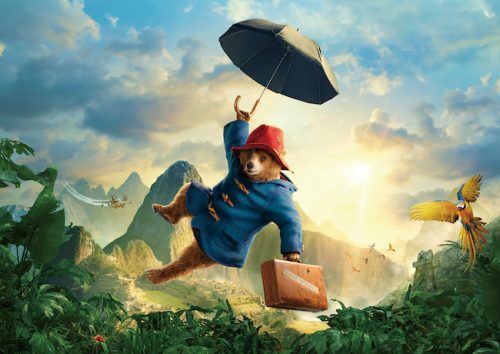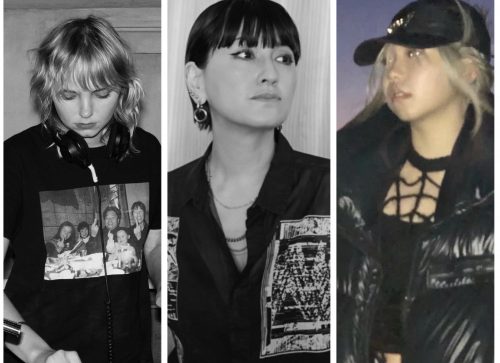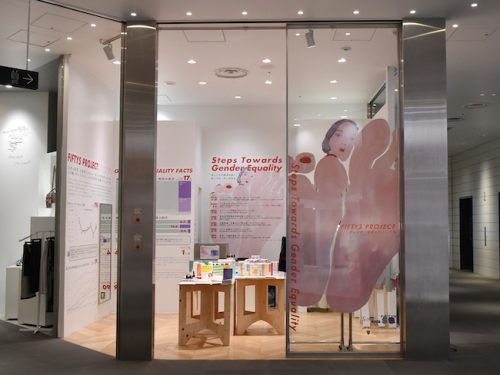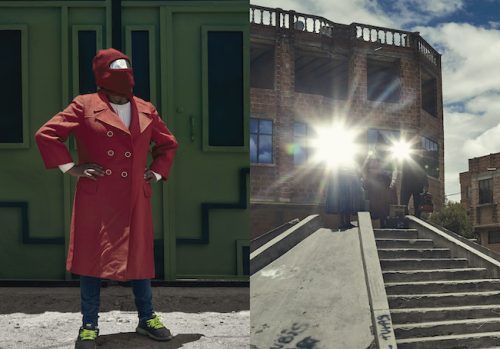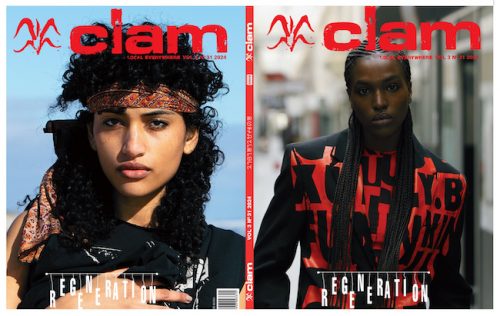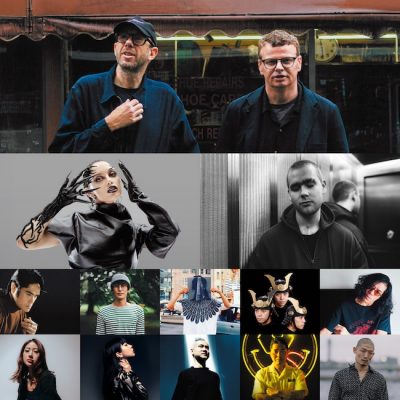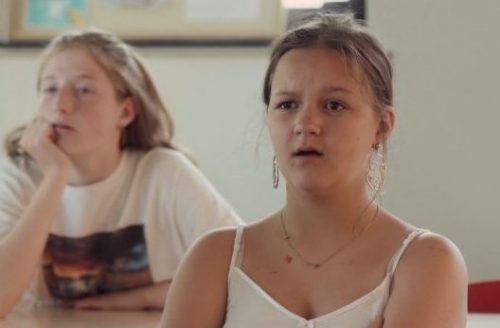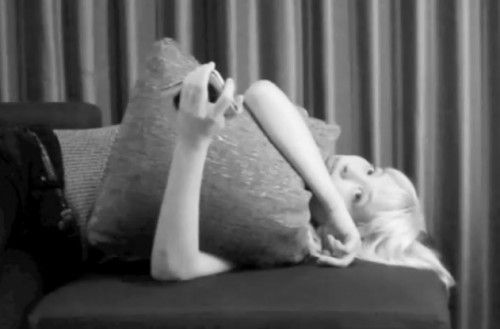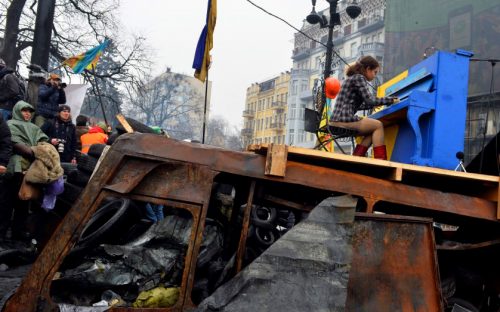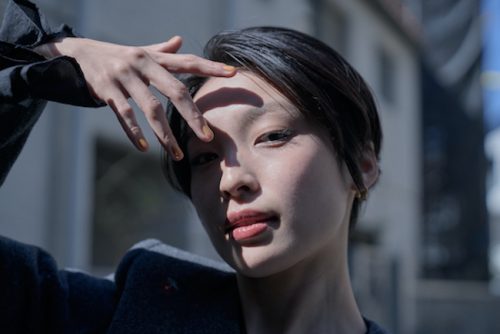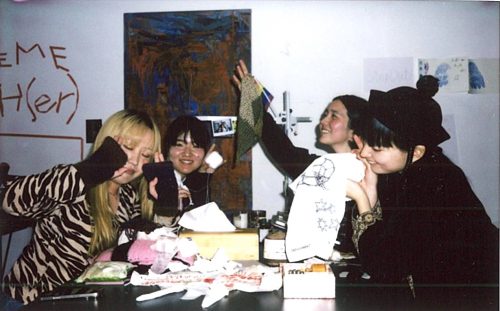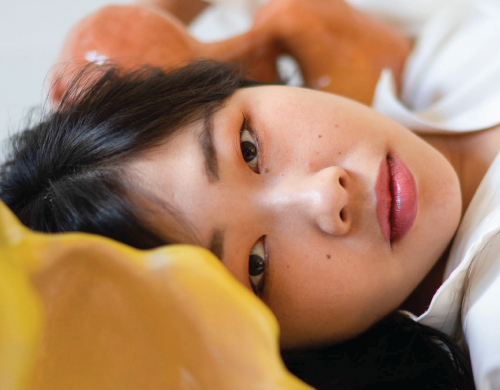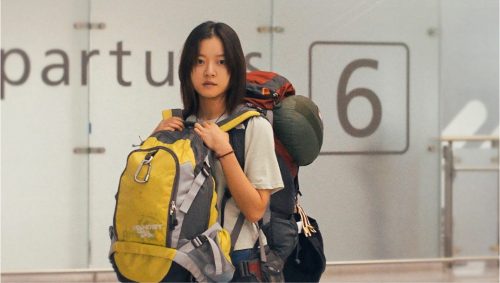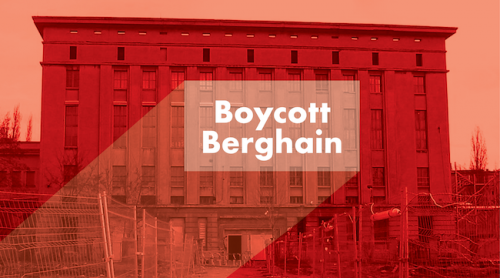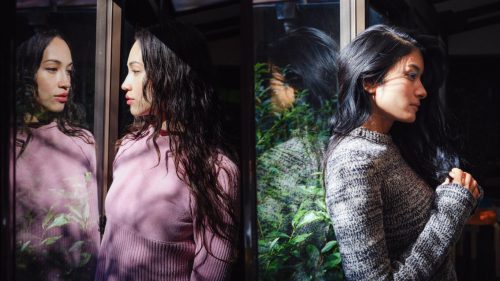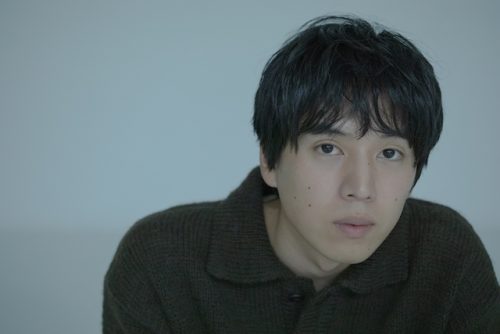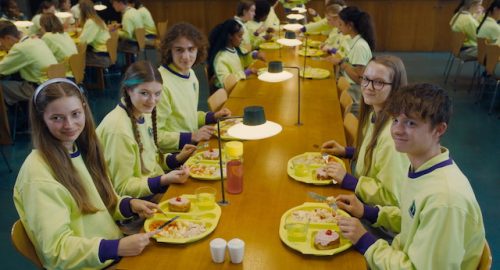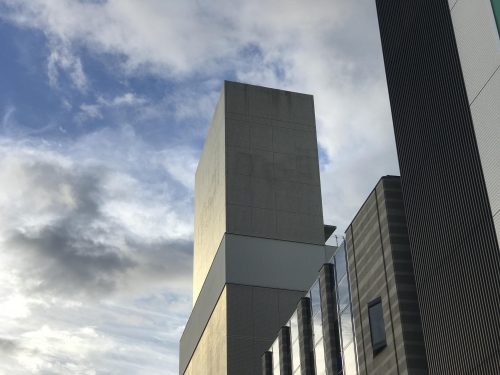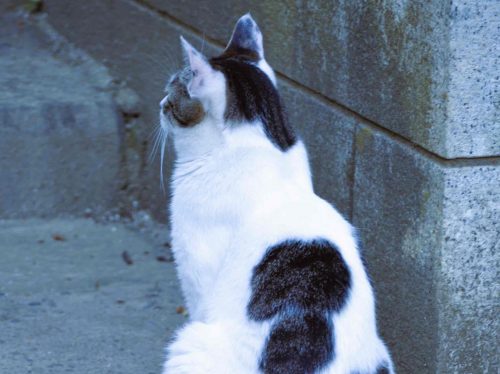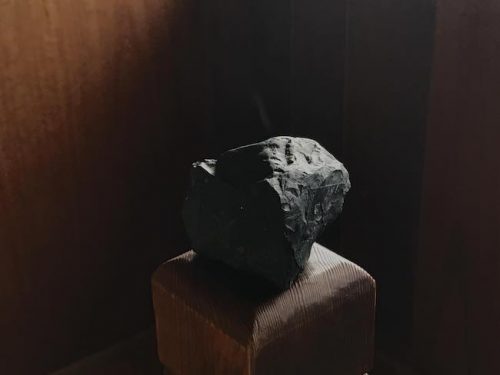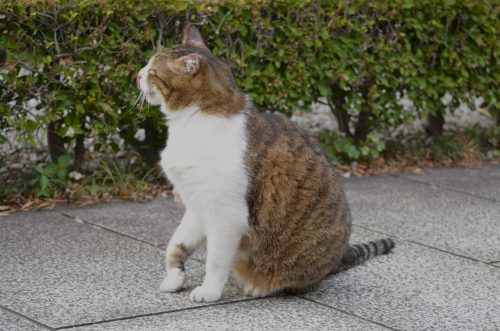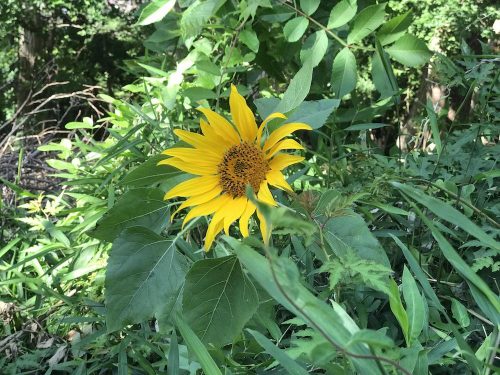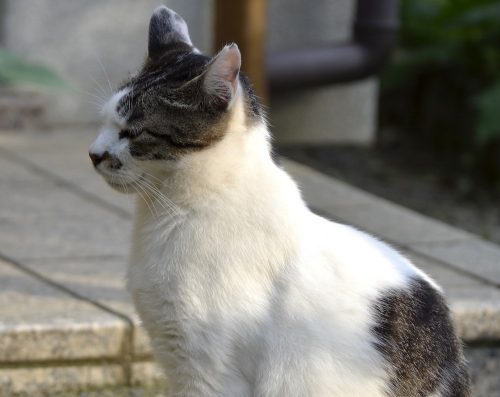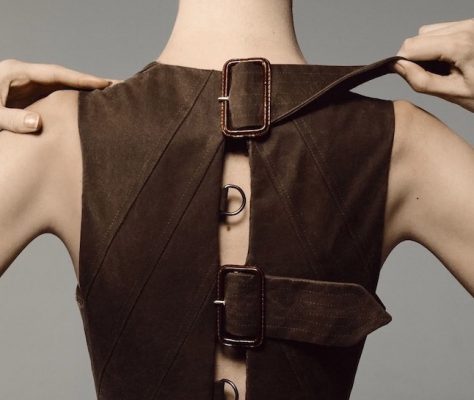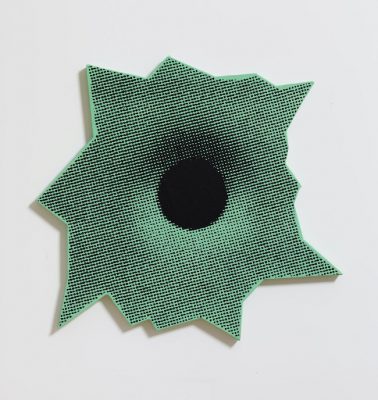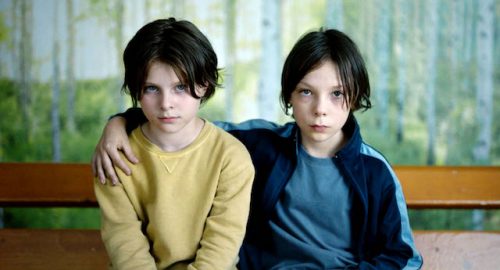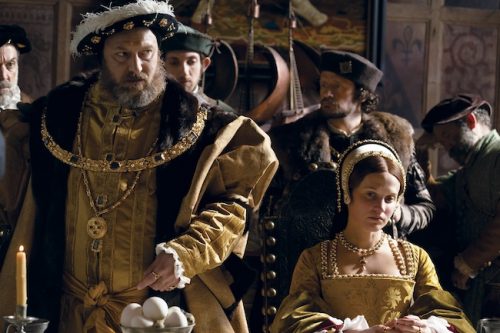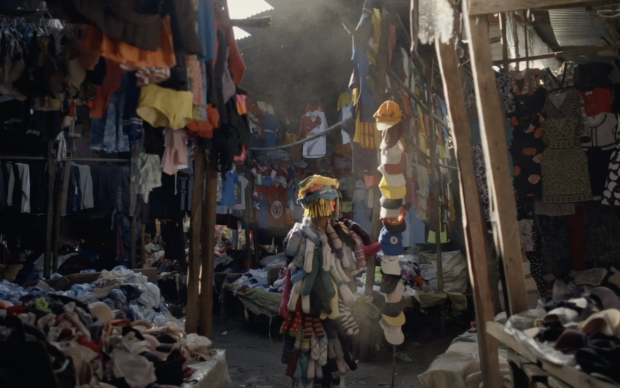
Good intentions often come with consequences. According to director Teddy Cherim, the same applies for clothing donations. It was when Teddy was working as a creative director in Kenya that he realized that the country was overflowing with excessive amounts of donated clothing. After pairing up with designer Lisa Konno, he decided to develop a short film to address this problem and call it Goodwill dumping. The short is unlike other documentaries and geared towards a more SF feeling, as the viewer is dragged down a rabbit hole only to end up in an otherworldly dimension invaded by ‘creatures’ representing what a double ended industry mankind has created. Sadly this isn’t life on another planet but an accurate portrayal of the reality we are unaware of. I talked with Teddy to get a clearer sense of how the film came about.
-Goodwill dumping is a short film documenting the real reality behind where our donated clothing ends up. What ignited this sense of urgency to create this film during the current social climate?
Teddy: I think it was a few things at the same time. Number one, I was living and working in Kenya and kept on meeting people wearing Dutch T-shirts, from the postal delivery man shirts to football shirts from ten years ago and I was always wondering how weird that was. How it was kind of funny as well. Then I started to realize by meeting some tailors that were really complaining about losing influx because of all of this donated clothing. That’s when I started realizing that this was the dark side of charity. Consequences of not well thought out charity or asking myself ‘is it even charity?’.That let me down this rabbit hole to find out that the charity ends the moment you drop it in the bin. After that it’s a multi million euro industry which makes no sense. But it is also an excuse for us to buy more crap if we can donate stuff we don’t wear for the better cause. This dark side of good intentions is what intrigues me. So that’s how I got into this story and then I met Lisa who had seen this from a designer’s perspective with recycled fabrics. We were actually talking about making a science fiction film together. I wanted to make a SF film with these crazy themes and she wanted to make costumes out of donated clothing and then there was suddenly a perfect story of something I was aware of but not really sure how to approach. Her costumes were a good metaphor for this monster industry that we have created.
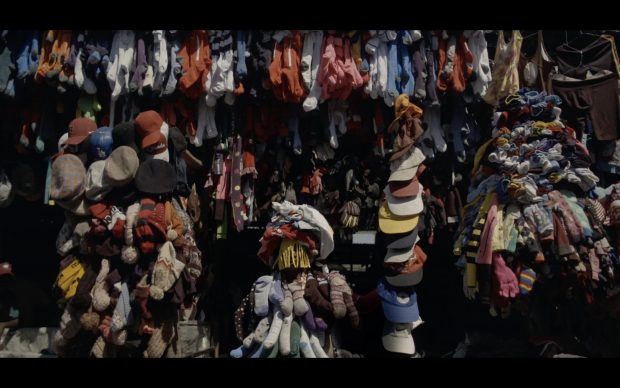
-The costumes are creations that we could see at a graduation show in an arts academy. It is amazing that they were created from discarded fabrics. The music for the film also gives it a futuristic feel. What made you want to create a film incorporating such elements?
Teddy: I think it was still me wanting to make sci-fiction films (laughs). The music is actually made by my brother for all of my films. He always knows what kind of songs I like so it was a bit futuristic but it feels like you are entering this new world with all of this crazy amounts of clothing in slums in Africa. It felt like sci-fi. Those markets feel as if it’s from another planet in star wars. That is sort of the vibe I got there, its otherworldly already. For me to show the monsters as otherworldly sci-fi animals. We are not meant to say monsters because it makes them seem bad but they are a metaphor for what kind of ‘being’ this industry is. It is not all bad. There are people in Kenya who would lose their jobs if there was no more donated clothing because it is the cheapest relatively high in quality clothing you can get there if you don’t have any money. So they are friendly monsters in it as well.
-For the last shot, the music abruptly stops and the viewer is back into the western world as if nothing had happened. Why did you want to end the film in the western world?
Teddy: You start the film at those donation bins and you look inside into this world. At the end you close it because you feel like you can’t deal with everything that you just saw. You are back in the rain in a random neighborhood in the Netherlands. That was sort of the idea of snapping back to reality or asking yourself ‘is this even reality?’ I would like to do more projects like this. There are so many more industries like this one where the side effects of them are so unknown. If you would make a similar film about an iphone, it would be as terrifying I assume. There are so many examples but my favorite is the one about refugees that have to move out due to nature conservation. When humans decide that this land should be conserved, that means all of the guys who have been living there for thousands of years have to move out because now it is a nature reserved place and humans are not a part of nature. Places in India and Africa when suddenly someone says ‘sorry this jungle is now nature reserved so all of you people living here, get out.’ And it’s weird, because everyone sort of supports conserving nature but in some parts of the world it’s not so simple. For so many years, it has been handled as if it is that simple. It’s such a downer though. But that is also why projects like these are very difficult to finance. Because people are like ‘That is horrible but no one wants to watch a film about it’.
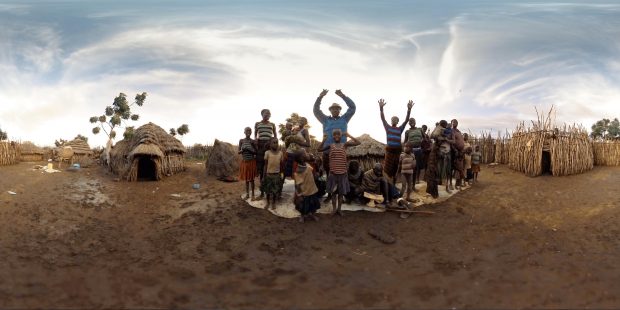
-Before the making of goodwill dumping, you lived in Nairobi, Kenya and was a creative director there. What initiated that move and what made you decide to come back to Amsterdam?
Teddy: The simplest story is, I was working here and making music videos, commercials and fiction stories. In 2013 during the Syrian War, the international rescue committee asked me to make a video about the refugee crisis. So we were filming on the border of Lebanon and Syria in camps. It was hectic and chaotic but a part of that campaign -solar for syria- was our video. When I came back after having seen all of these people in pain and despair, I was impressed to notice how this campaign generated money to power 40 thousand solar lights and phone chargers went to exactly where I had filmed. So for the first time I saw the real world impact on my filmmaking. Film for not just enjoyment but impact. I started to look for jobs in places where I could start filming and earn my stripes. But as a 16 year old, I used to write for a magazine called spunk in the Netherlands.
-What is it ?
Teddy: It was like vice before vice but only in Holland. It was written by 15-18 year olds. We were all smoking weed and writing articles and the best ones would get published to be in the newspaper so it was quite serious and it was my first creative job to write but also to see things as concepts and stories in a sort of way. Then I went to film school and the guy who founded that magazine went to set up a film school in Tanzania. I remember thinking that when I am a ‘professional filmmaker’ I will go and see if I can teach there. When I was looking for a job, I also reached out to him and checked if he needed anybody. Two months later, I moved. I had never lived there before but I worked there for two years and ever since I have been going back and forth.
Teddy: The reason I came back is, although it was a good adventure there, I missed working at a certain level of craft which was a little difficult to do. They have a really good crew there but they are so rare that they are almost more expensive than here. Budgets are lower, so I thought I have the experience and the connections. I love it here so I will be back but I have to make my projects in the Netherlands like ‘Goodwill Dumping’ which I never would have been able to make if I had not lived there.
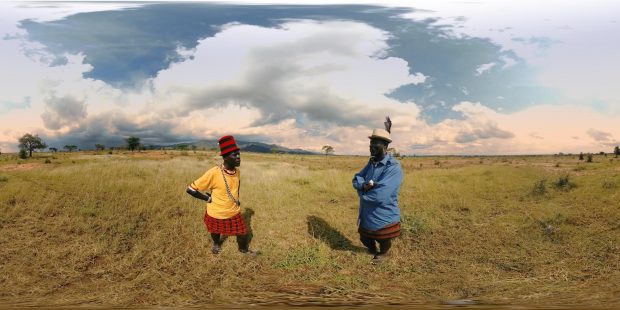
-Your other feature film ‘Meet the soldier’ had a mission of reconnecting a relationship between two tribal leaders through the use of VR. After hearing you had successfully accomplished that mission, how did it make you feel?
Teddy: I mean we were with a team and in the end, it was they themselves that decided to see each other. We just gave them the ‘means’ to listen to one another. These guys, if you put them in a room they would probably also talk a bit but then they wouldn’t be able to tell personal and angry stories that had happened to them without the other being offended. They need to be alone for that. Virtual Reality is an amazing platform that brings people together. We kind of forced them but it was very special. I came back from another shoot that was in the same region so I met up with one of them again. He became sort of a peace ambassador of that region and he is now the guy that everyone listens to. My grandparents from the Netherlands are Jewish so they had to flee during WW2 for the Germans so I think this is an underlying reason as to why when I went to Seria for the first time I had a triggering feeling to use the powers that I have to help as well as to entertain. Fuck that sounds, really high and mighty. I’m making a KFC commercial next so I am karma neutral (laughs).
-Speaking of other projects, How does making commercials for brands help you in terms of your self initiated projects?
Teddy: Well they pay me. They pay me so much better than my self initiated projects that if I don’t, I wouldn’t have the freedom to do my projects. You need to find a balance but one commercial gives me two months of time to develop a script and a story, which takes so much more time. If I don’t do the commercial, I have to do something else. Also telling a story in a super concise way is nice. For commercials especially when you have a big budget you can do crazy stuff with a helicopter and a crane, use props you usually wouldn’t be able to afford for a documentary. Actually this new KFC commercial is about bringing people together. It is still for KFC but the message is something I can support so that is nice.
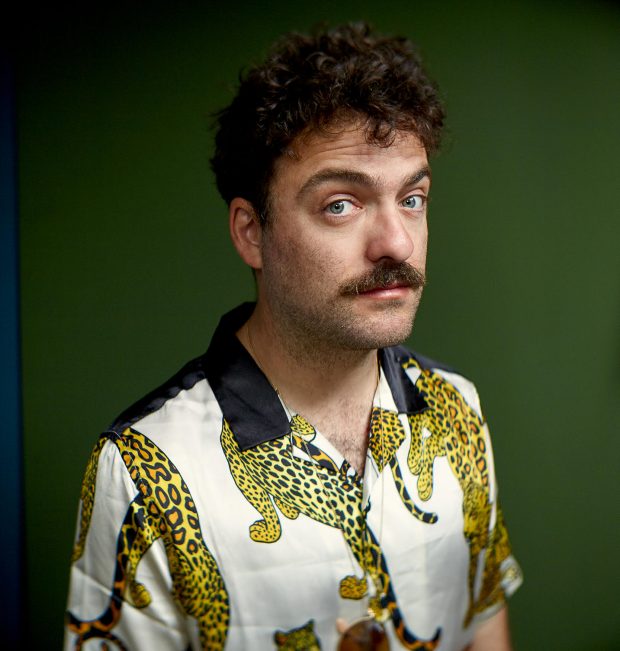
-Spatial dynamics prove that creative industries tend to cluster. What do you think makes Amsterdam a hub for creativity?
Teddy: Film and creative industries are usually focused in big cities such as London or in the States but Dutch people speak amazing English and open for internationals to come. Maybe historically, Amsterdam has especially for the printing press been inviting artists and scientists who weren’t allowed to speak their minds come here to publish their books. Times have changed but it is still comfortable to live here and you can smoke weed. Could be another element important to spark creativity.
text Ayana Waki
Teddy Cherim
Teddy studied at the Metropolitan Film School in London, after which he returned to Amsterdam to make the feature film Sterke Verhalen, which he wrote and directed together with Kees van Nieuwkerk. In 2014 Teddy moved to Nairobi to become Creative Director at a regional media conglomerate. Since 2016, Teddy has been back in Amsterdam from where he has been working as a freelance writer, director and creative, shooting all over the world.
http://www.teddycherim.com/mainframe
text by Ayana Waki
.nl Issue:善行とされる「寄付」の裏面を、VRなどの先端技術を使い未来的なドキュメンタリーに落とし込んだTeddy Cherim監督/ Interview with Teddy Cherim, director of ‘Goodwill Dumping’
1 2
